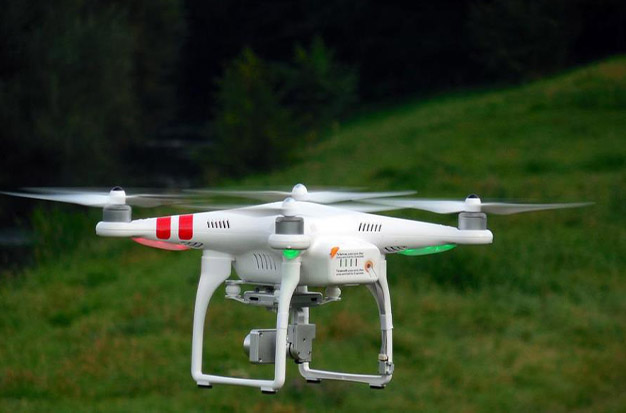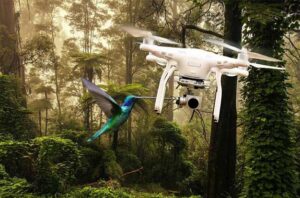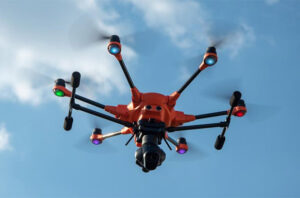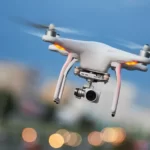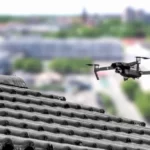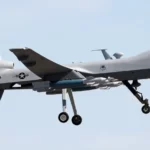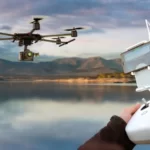Travelers can record aerial footage while hiking, surfing, or taking in the sights by bringing a drone along with them on their trip. Find out whether or not you can bring a drone on the plane before packing it with the other items of luggage.
Table of Contents
Can You Take A Drone On A Plane?
When it comes to limiting what passengers can bring on airplanes, airlines are required to abide by TSA and FAA regulations. The airport security checkpoint is open to drones, according to the TSA. Although there are no federal laws that forbid drones, different airlines have different policies.
There are no known American airlines that specifically forbid the use of drones. However, some airlines mandate that passengers bring drones on board in their carry-on luggage rather than in their checked luggage. Drones are permitted on many other airlines as carry-on or checked baggage.
Only domestic flights can be regulated by the TSA and FAA. Additional regulations might apply to international flights. For instance, when visiting a foreign country, visitors must abide by the local legal system. In the Bahamas, the government requires registration from all drone operators, including foreign tourists. If you don’t register, the drone might be taken away.
Review the rules and laws governing drones in the destination nation before bringing a drone on an international flight. The drone might be seized and fines imposed for bringing a prohibited item on a flight. The traveler might also have their visa denied.
How Do I Bring A Drone On A Plane?
There are several steps involved in flying with a drone. The traveler should first check the airline’s policies to see if they prohibit the use of drones in carry-on or checked luggage. The traveler should review the airline’s regulations regarding LIPO batteries if the drone is permitted to board the aircraft. Most of the time, the drone and batteries must be packed in the traveler’s carry-on luggage.
Additionally, when passing through the security checkpoint, it is a good idea for travelers to let TSA agents know that they are carrying a drone. Drones are permitted by the TSA, but the mere sight of the object may cause a scanner to malfunction.
Travelers should locate appropriate drone storage, such as a drone case, after reviewing airline policies. Typical drone cases are small and only have room for the drone, the controller, and two or three batteries.
Always double-check the case’s dimensions. The case might need to be checked if it is too large to be carried on. However, some airlines forbid drones in checked baggage, which could be problematic for the traveler.
22x14x9 inches is the standard size for carry-on luggage. Each airline has different carry-on baggage limitations, just like other regulations. Only bags up to 21 inches wide may be permitted by some airlines. In addition to a size restriction, many airlines also impose a weight restriction on carry-on luggage. A 50-pound weight restriction is typical. However, some airlines only permit bags weighing up to 22 pounds.
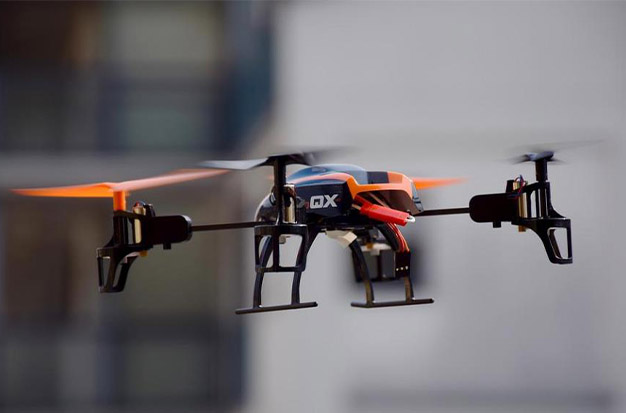
How Can A Drone Battery Be Taken On A Plane?
Drone batteries are a completely different matter, even though there is no federal law in the United States that forbids bringing drones on airplanes and through airports. Lithium-ion batteries used in drones have the potential to release a lot of heat and energy in the event of a short-circuit, shock, or thermal event. There have been several incidents involving lithium batteries in aircraft.
The FAA has placed restrictions on drone batteries due to the potential risk posed by lithium-ion batteries. According to FAA regulations, you can only bring a drone battery on a plane as carry-on luggage if the battery produces 100 watts per hour or less. The battery’s watt-hour (Wh) rating is typically located there. By multiplying the voltage and the amp-hours (Ah), you can also estimate the Wh rating of your battery.
Here’s the formula to calculate watts per hour: Wh = V * Ah
The FAA permits passengers to carry as many drone batteries as they want as long as they are under 100 Wh. However, if the battery is between 101 and 160 Wh, the FAA regulations only permit you to transport a maximum of two such batteries.
Lithium-ion or Li-Po batteries cannot be packed in a checked bag. In order to prevent cargo hold damage from loading and unloading, which could result in a fire, the FAA mandates that batteries be kept in carry-on luggage.
The crew will also know how to effectively handle a fire if it starts in the carry-on luggage. Contrast this with a fire outbreak that may even go unnoticed in the cargo hold!
Any kind of spare battery is not permitted to be stored in checked baggage. The number of spare batteries you are permitted to bring depends on the Wh rating of the batteries and must all fit in carry-on luggage.
Taking Your Drone Through Customs: How Do You Do It?
Most often, drone laws are established and implemented by the nation’s national or civil aviation authority. For instance, the Federal Aviation Authority (FAA) in the United States and Transport Canada Civil Aviation (TCCA) in Canada are responsible for setting drone regulations, respectively. You can find out more about a country’s drone regulations by locating its civil aviation authority before you travel there.
When traveling to countries where it is legal to fly a drone, you should:
- Research the laws governing drones in the nation. We advise starting your research with our Master List of Drone Laws.
- Look into any drone laws that apply only to foreigners. Some nations have laws prohibiting the use of drones by citizens, and foreigners must obtain special permission to use one. In a small number of rare instances, nations outright forbid foreigners from bringing drones through customs.
- Find out if the national or civil aviation authority of your country requires you to register your drone.
- Observe the county’s licensing and certification requirements for drones. The country’s laws may require you to pass an aeronautical knowledge test or show that you are a proficient pilot. If you are a professional or commercial pilot, this is probably the case.
We do not advise bringing your drone when visiting nations where doing so is prohibited. At customs, it’s possible that your drone will be seized. It might or might not be given back to you when you return home at the end of your trip.
You shouldn’t presume that you’ll be able to bring or fly your drone when visiting nations without established drone laws. It’s possible that authorities will generally oppose the use of drones, especially by tourists, even in the absence of drone laws, which doesn’t mean you can fly wherever or however you like.
Bringing a drone through customs carries the same warning message. When a nation doesn’t have drone-specific laws, some customs agents decide to seize drones, while others decide not to. However, it’s nearly impossible to predict what you’ll encounter until you arrive with your drone.
For U.S. additional safety, You might be able to register your drone with Customs before departing the U.S. as a “Personal Effect Taken Abroad.” This will avoid any confusion over whether you are bringing home a new drone that you bought abroad or returning with the drone you took with you when you left.
Conclusion
It’s exciting to travel with a drone because you can record stunning videos and photos of your journey to show to your loved ones. At the same time, you don’t want to lose your drone by having customs officials seize it or even end up in legal trouble when you’re supposed to be enjoying your trip. And the best way to avoid this is to complete your homework by researching the drone laws of the nation you are visiting.
